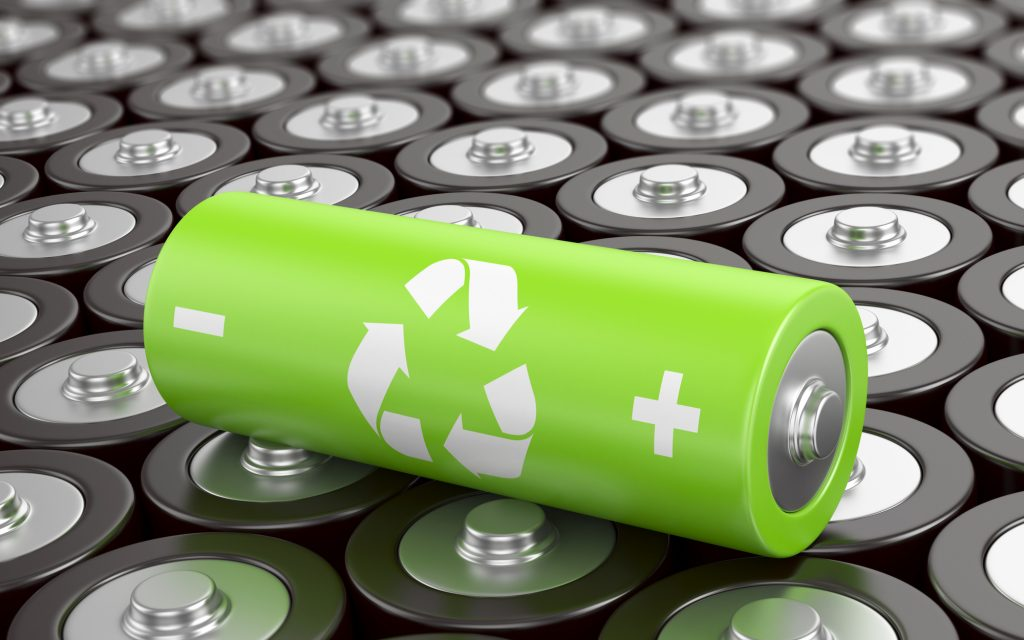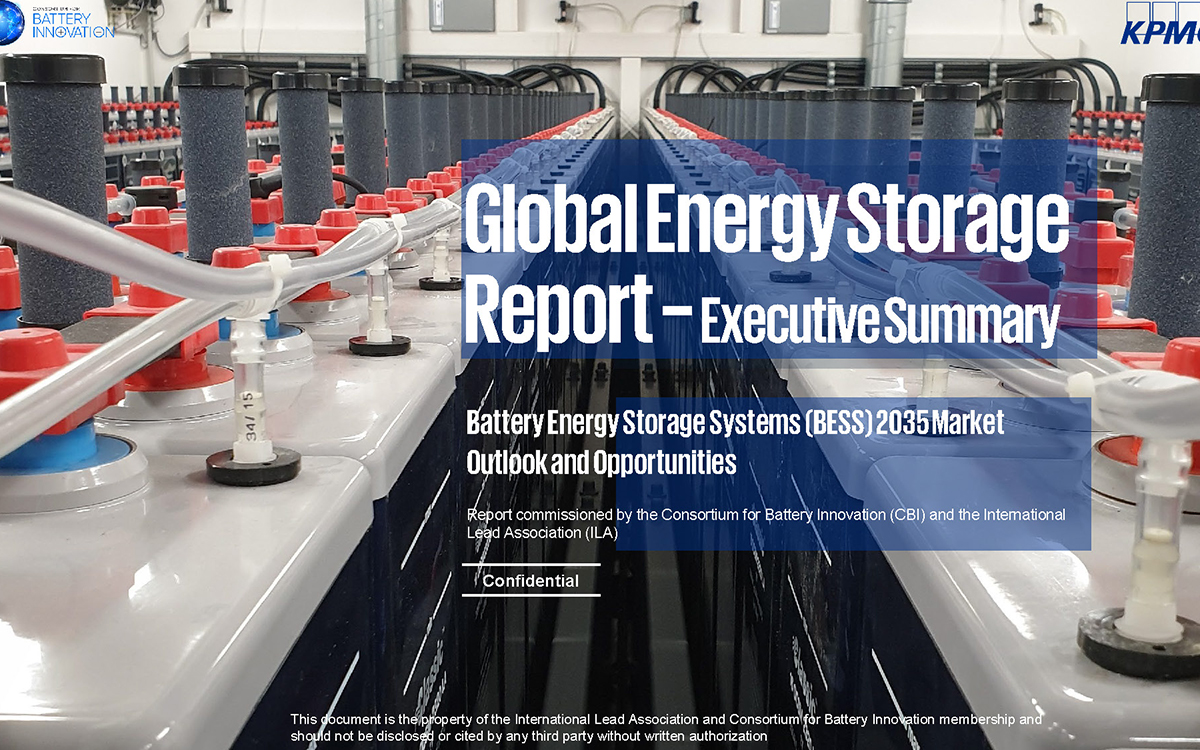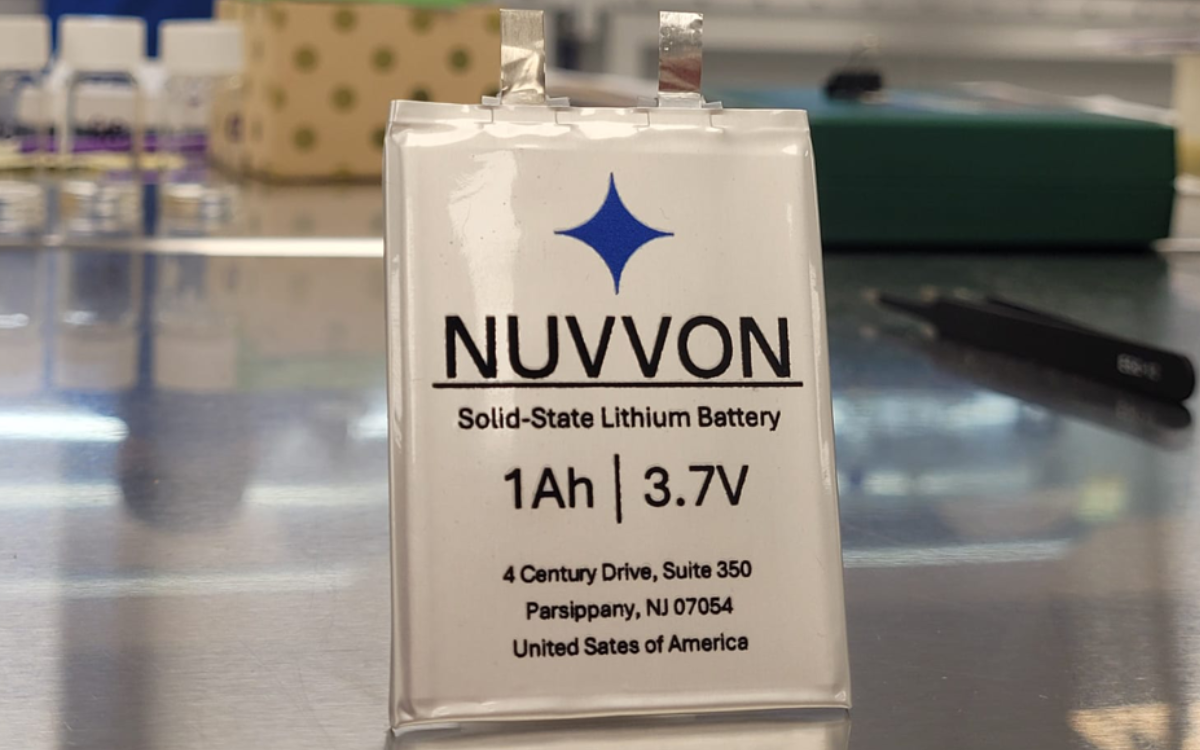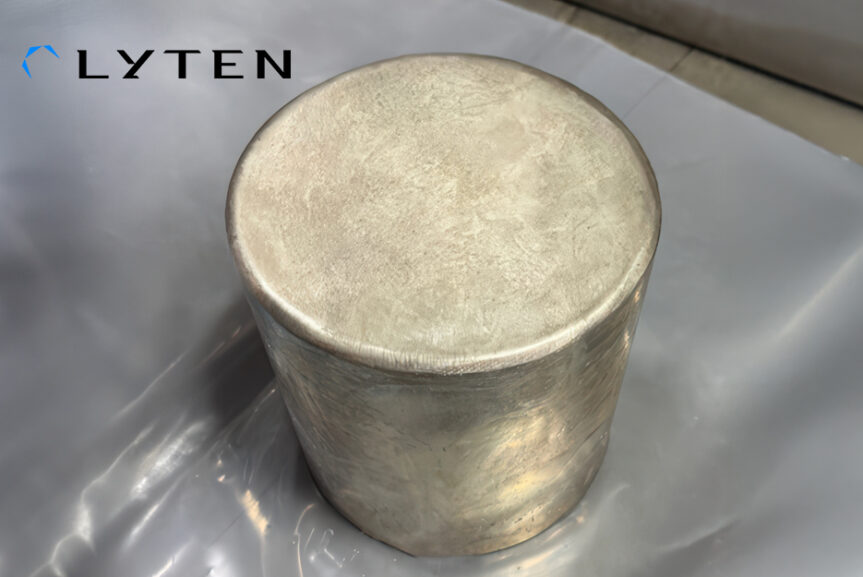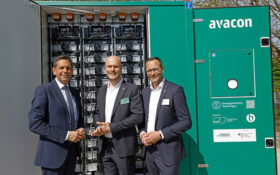Chinese battery manufacturing giant Contemporary Amperex Technology Limited (CATL) has announced three new products.
This week CATL launched a new brand, Naxtra, for its sodium-ion batteries. The battery, going to mass production in December, has an energy density of 175 watt hours per kilogram, according to the company. Capable of performing in extreme temperatures, one of the Naxtra batteries was aimed at the heavy-duty truck market.
CATL’s founder, Robin Zeng, has expressed that he considers sodium-ion batteries could replace up to half of CATL’S LFP market, thus reducing the EV industry’s dependence on lithium.
Also announced was the second generation of Shenxing fast-charging battery that, the firm claims, can add 520km (323 miles) of EV driving range in a 5-minute charge; and reach 80% state-of-charge within 15 minutes from 0% charge in cold weather. This comes only a month after BYD showcased its charging system which, the company claimed, could add 400km range in five minutes (See BEST story here).
Both of these are ahead of Tesla who currently claim to add 270 km range in 15 minutes, and Mercedes-Benz who claim 325km range in 10 minutes. The Shenxing apparently has a range of 800km a peak charging power of 1.3MW and can outperform the highest current charging level in terms of temperature to − 10°C. CATL’S CTO, Guan Huan, has said that over 67 new CATL EV models will be powered by Shenxing batteries in 2025.
CATL’s third offering was the launch of the Freevoy dual power battery, which features dual-core architecture that the company claim is able to deliver a maximum range of over 1500km (932 miles) on a single charge. This will potentially put a solely-electric vehicle on a par with a hybrid model.
The dual-core design divides a single battery into two independent energy zones – main energy area and range extension – each using different cell materials. The company say that this approach implements high-voltage, low-voltage, structural, thermal runaway protection, and thermal management dual-core systems to ensure safety. This is similar to the redundancy concept in an aircraft dual-engine design.



